What Makes Commercial Plumbing Installation Effective
Effective commercial plumbing installation is critical for any business, yet many organizations struggle to ensure reliability and efficiency. This article will explore what defines effective commercial plumbing installation, highlight best practices, and discuss common challenges faced during the process. Readers will gain valuable insights into how technology can enhance installation efforts and the importance of ongoing support. By addressing these key areas, the content aims to help business owners avoid costly repairs and maintain a functional plumbing system that meets their operational needs.
What Defines Effective Commercial Plumbing Installation
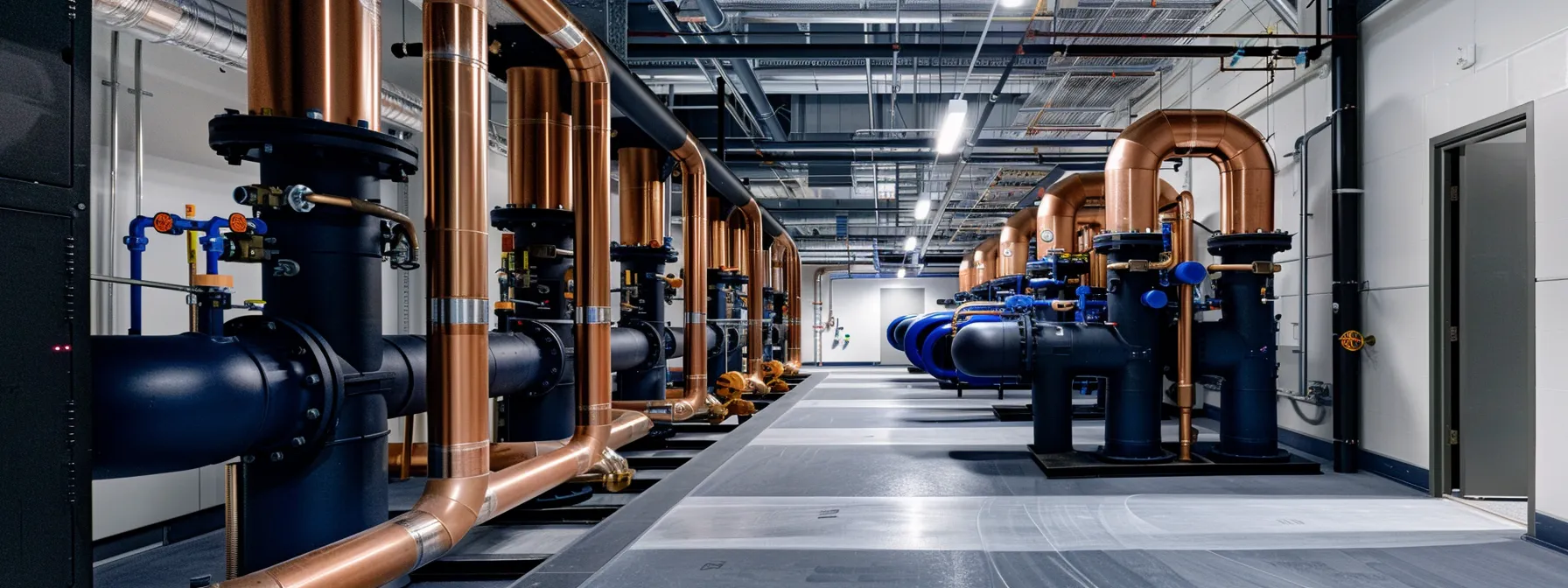
Effective commercial plumbing installation relies on several key factors. Assessing the importance of quality materials ensures longevity in plumbing systems, while understanding design considerations aids optimal flow, particularly in settings like showers. Analyzing installation techniques can enhance overall performance. The role of professional expertise is vital for successful installations, alongside implementing proper testing and inspection procedures to maintain plumbing maintenance. Each of these aspects contributes significantly to any commercial construction project.
Assessing the Importance of Quality Materials
Quality materials play a crucial role in effective commercial plumbing installation. Using durable components not only enhances the longevity of the water supply system but also improves water efficiency, reducing waste and operational costs. For instance, employing high-grade valves and pipes can prevent issues such as leaks and pressure drops, which can be particularly problematic in systems that handle greywater. Furthermore, incorporating advanced techniques, such as vacuum technologies, can ensure optimal performance and reliability in plumbing installations, ultimately benefiting commercial facilities and their ongoing maintenance needs.
Understanding Design Considerations for Optimal Flow
Understanding design considerations for optimal flow is essential in effective commercial plumbing installation. One important factor is the strategic placement of components, like grease traps, which prevent clogs and ensure proper waste management in high-usage settings. Additionally, utilizing plastic pipes can offer durability and resistance to corrosion while facilitating smoother flow, contributing to the overall efficiency of both commercial and residential plumbing systems. This careful planning not only enhances functionality but also supports long-term maintenance, minimizing future repair issues.
Analyzing Installation Techniques That Enhance Performance
Analyzing installation techniques is fundamental to enhancing performance in commercial plumbing systems. Skilled industrial plumbers ensure that drains are placed strategically to prevent blockages and maintain efficient water flow. Adhering to plumbing codes not only guarantees compliance but also safeguards indoor air quality, as proper ventilation techniques minimize humidity and condensation issues, ultimately contributing to a healthier environment for building occupants. Furthermore, optimizing pressure balance within the system can prevent leaks and failures, ensuring that installations function effectively over time.
The Role of Professional Expertise in Installation Success
Professional expertise is fundamental to the success of commercial plumbing installation. Skilled technicians can effectively address urgent issues, ensuring that components like check valves and tanks function properly to maintain safe drinking water quality. Their familiarity with tools such as drain cleaners allows them to prevent blockages and mitigate potential emergencies, thereby enhancing the overall reliability of plumbing systems. This level of expertise directly contributes to a well-functioning environment, minimizing downtime and ensuring consistent water flow for all users.
Implementing Proper Testing and Inspection Procedures
Implementing proper testing and inspection procedures is vital for effective commercial plumbing installation. Regular checks on ventilation systems, storm drains, and air conditioning units help ensure compliance with local regulations and enhance sustainability efforts. These procedures not only identify potential issues before they escalate but also contribute to the longevity of the plumbing infrastructure, providing a reliable system that meets the operational needs of commercial facilities.
Commercial Plumbing Installation Best Practices
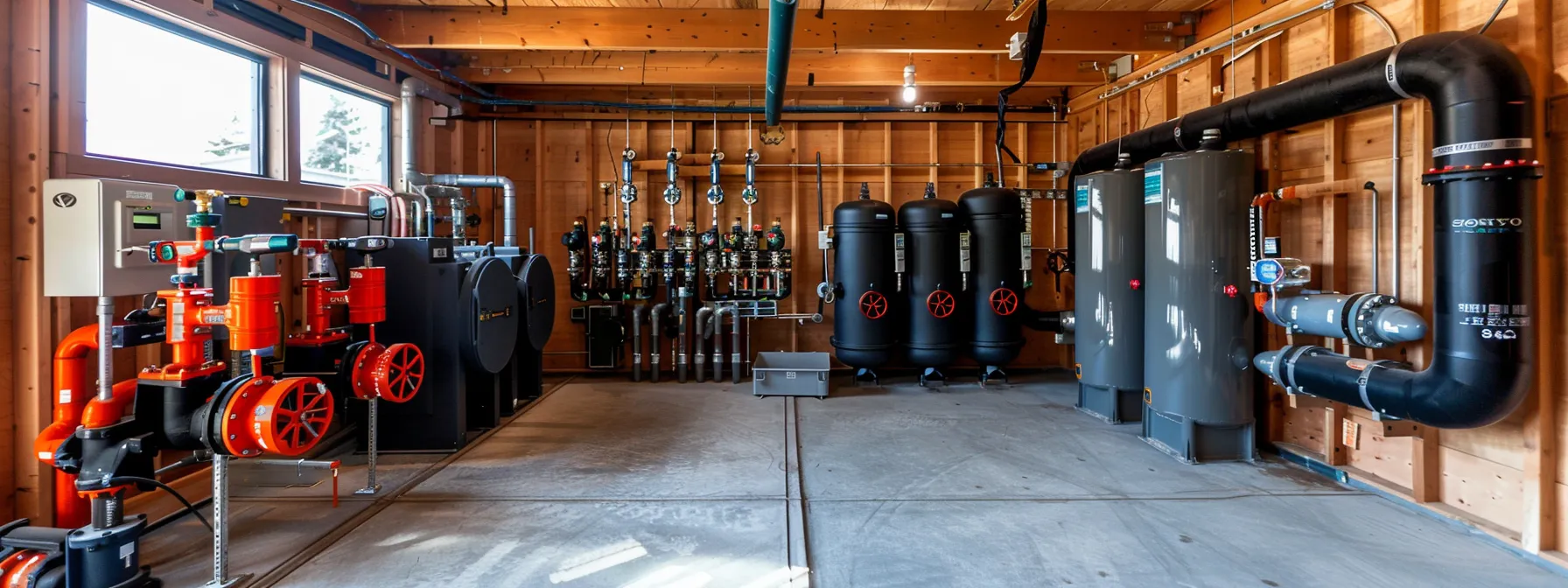
Effective commercial plumbing installation relies on best practices that address key aspects of system performance. Adhering to local codes and regulations ensures safety and compliance, while selecting the right plumbing systems caters to specific operational needs. Prioritizing proper ventilation and drainage solutions helps prevent plumbing problems, including backflow issues and sewage treatment challenges. Incorporating energy-efficient solutions not only enhances design but also creates a maintenance plan for long-term performance, maximizing the value of each plumbing project.
Adhering to Local Codes and Regulations
Adhering to local codes and regulations is crucial in commercial plumbing installation to ensure safety and operational efficiency. Strict compliance not only mitigates risks related to odor and contamination but also supports innovative designs that enhance functionality in areas like kitchens and bathrooms. By following established guidelines, construction professionals can ensure that systems meet health standards, ultimately leading to improved customer satisfaction and reduced maintenance issues.
Selecting the Right Plumbing Systems for Specific Needs
Selecting the right plumbing systems is essential for addressing the specific needs of any commercial space. A skilled commercial plumbing contractor can evaluate factors such as the anticipated water usage and the requirements outlined in the international plumbing code, ensuring that all installations meet safety and performance standards. Utilizing appropriate techniques like welding for pipe connections can mitigate hazards and enhance the durability of the system, providing long-term reliability and reducing the likelihood of costly repairs.
Prioritizing Proper Ventilation and Drainage Solutions
Prioritizing proper ventilation and drainage solutions is essential for maintaining the effectiveness of commercial plumbing installations. Properly installed drains help prevent wear on plumbing components by ensuring smooth water flow and reducing the risk of clogs. The skill required in selecting quality materials, such as metal pipes, enhances system durability and longevity, while integrating effective drainage systems becomes a valuable resource for minimizing maintenance issues in busy commercial environments.
Incorporating Energy-Efficient Solutions in Design
Incorporating energy-efficient solutions in plumbing system installation enhances both performance and sustainability. Implementing features such as advanced leak detection systems can minimize water waste and reduce utility costs, addressing a common concern for commercial facilities. Furthermore, ensuring accessibility to critical components, like pumps, allows for prompt maintenance and reduces the risk of system failures, promoting a more reliable and efficient plumbing infrastructure.
Creating a Maintenance Plan for Long-Term Performance
Creating a maintenance plan for long-term performance is essential for effective commercial plumbing installation. Regular inspections by trained commercial plumbers can help detect leaks early, preventing potential water damage that could compromise hygiene standards for customers. By scheduling routine maintenance, businesses can ensure their plumbing systems operate efficiently, ultimately extending the lifespan of the infrastructure and minimizing costly repairs.
Common Challenges and How to Overcome Them

Commercial plumbing installations face several challenges that can impact their effectiveness. Addressing space constraints during installation, managing environmental factors that affect plumbing systems, and handling budget limitations without compromising quality are critical considerations. Understanding the effects of poor installation practices is essential for avoiding downtime. Each of these topics highlights the importance of knowledge in creating reliable plumbing solutions, particularly in areas like water heating and pipe repair, ensuring efficient energy use.
Addressing Space Constraints in Installation
Addressing space constraints in commercial plumbing installation requires careful planning and effective communication among all stakeholders. Utilizing materials such as steel for piping can optimize durability while fitting into tighter spaces. Additionally, strategically placing drainage systems near sinks and other water fixtures helps prevent flood issues, ensuring that the plumbing remains efficient and functional even in limited areas.
Handling Environmental Factors Affecting Plumbing Systems
Handling environmental factors that affect plumbing systems is crucial for effective commercial plumbing installation. Varying soil conditions can impact sewer lines, necessitating that installations conform to relevant plumbing codes to enhance durability and longevity. Implementing high-quality filtration systems can also mitigate the risks posed by contaminants, ensuring that water supplies remain clean and efficient for daily operations.
Managing Budget Limitations Without Compromising Quality
Managing budget limitations in commercial construction can be challenging, yet it is essential for effective plumbing installation. Utilizing techniques such as brazing can enhance the durability of joints in plumbing systems, preventing leaks and potential costly repairs in the future. By selecting quality materials and skilled plumbing services, businesses can ensure that even within budget constraints, their plumbing systems remain efficient and robust, minimizing the risk of freezing or other environmental impacts that could compromise operations.
Understanding the Effects of Poor Installation Practices
Understanding the effects of poor installation practices is essential for effective commercial plumbing. Inadequate techniques can lead to significant waste, jeopardizing water conservation efforts and increasing operational costs. For example, improperly installed septic tanks can cause leakage, leading to toxicity in the surrounding environment and requiring costly repairs. Furthermore, the use of trenchless technology can offset some negative impacts when installations are managed correctly, highlighting the importance of skilled technicians in safeguarding plumbing systems and ensuring long-term functionality.
The Impact of Technology on Plumbing Installation
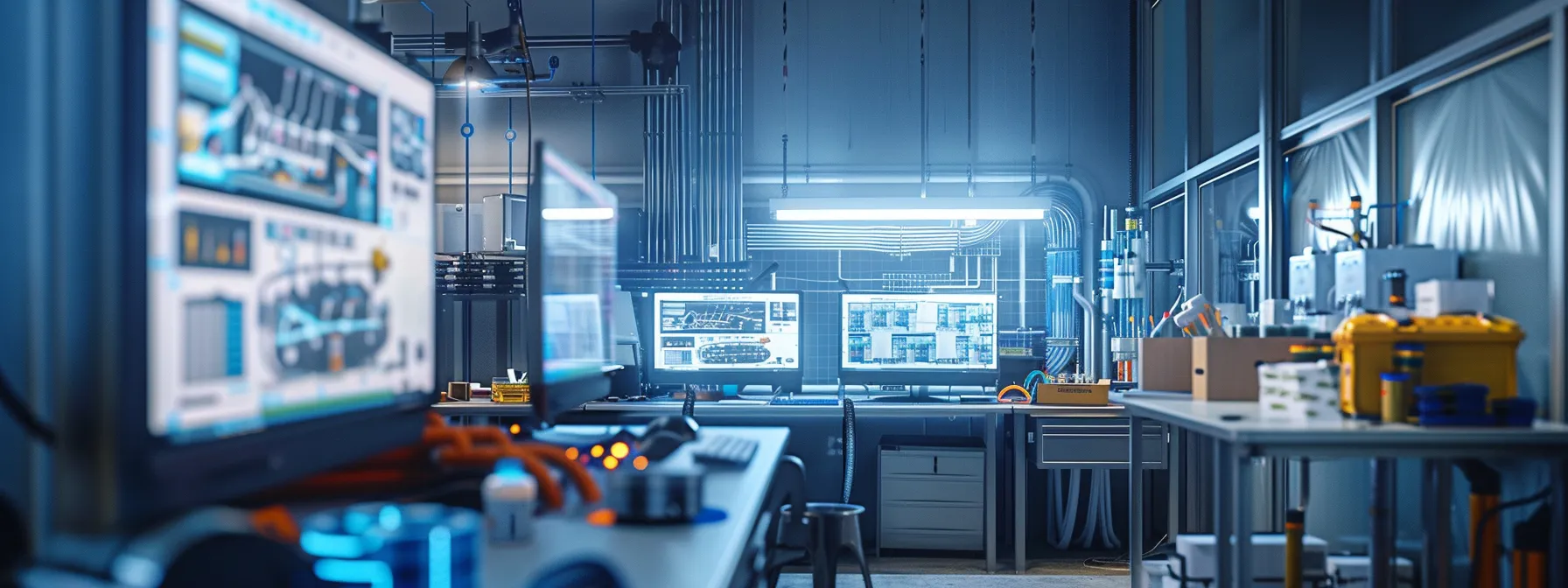
Utilizing advanced tools for precision installation enhances the effectiveness of commercial plumbing projects, particularly in managing stainless steel components and preventing corrosion. Exploring smart systems for improved monitoring facilitates real-time oversight of sewage systems and HVAC performance. Furthermore, the benefits of digital blueprints and planning software streamline construction project layouts, ensuring efficient plumbing setups that reduce risks and optimize operations.
Utilizing Advanced Tools for Precision Installation
Utilizing advanced tools for precision installation significantly boosts the efficiency of commercial plumbing systems. Technologies such as automated trenchless methods enhance the accuracy of installations while reducing disruption to existing structures. Additionally, integrating smart systems, including monitoring for sump pumps, ensures reliable plumbing performance by providing real-time data on water flow and pressure, enabling prompt maintenance actions and preventing potential failures.
Exploring Smart Systems for Improved Monitoring
Exploring smart systems for improved monitoring within commercial plumbing installations enhances safety and operational efficiency. For example, advanced technologies can detect contamination early, allowing for swift remediation actions before issues escalate, especially in critical areas like basements. Utilizing methods such as directional boring for underground installations further supports inspection processes, enabling access to hard-to-reach areas and minimizing disruption during maintenance activities.
Benefits of Digital Blueprints and Planning Software
Digital blueprints and planning software play a vital role in enhancing the effectiveness of commercial plumbing installations by simplifying the complexity of design and ensuring precise measurements. These tools allow engineers and contractors to visualize the layout of fresh water and wastewater systems clearly, reducing the likelihood of costly errors during installation. Furthermore, by utilizing advanced technology, commercial plumbing services can streamline workflows, improving project efficiency and ultimately delivering high-quality outcomes that meet the specific needs of commercial spaces.
Case Studies of Successful Commercial Plumbing Installations
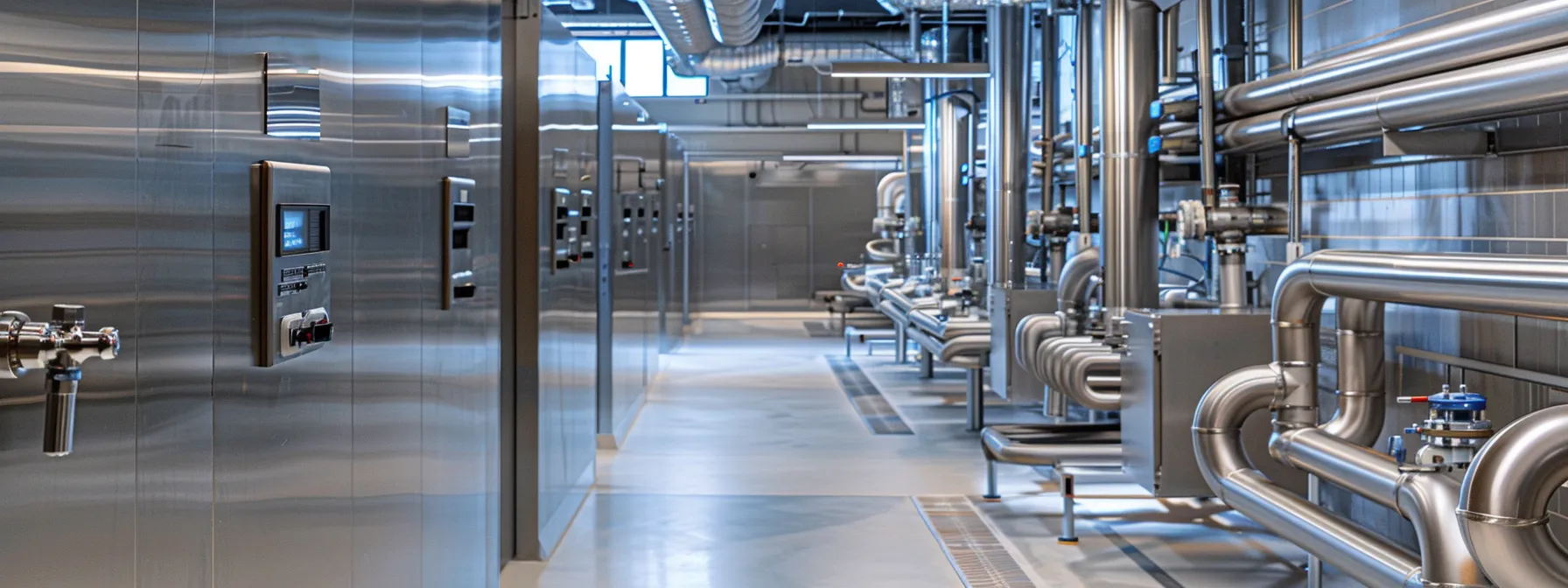
High-profile commercial plumbing projects often highlight innovative solutions to challenges such as sanitation and water efficiency. Examining these installations provides valuable lessons, especially regarding the integration of quality plumbing fixtures and pipes. Various industries showcase unique approaches that elevate plumbing standards, emphasizing the critical role of skilled plumbing companies in ensuring effective outcomes.
Examining High-Profile Projects and Their Solutions
Examining high-profile commercial plumbing projects reveals successful strategies for addressing key challenges such as managing heat and optimizing water efficiency. For instance, a recent installation in a large corporate office utilized advanced heat recovery systems, which reduced energy consumption while maintaining optimal temperatures for users. By integrating durable materials and efficient fixtures, these projects not only improved functionality but also set new standards for sustainability in commercial plumbing installations, demonstrating how skilled contractors can effectively meet diverse needs.
Lessons Learned From Previous Installations
Lessons learned from previous installations highlight the importance of thorough planning and adherence to safety standards in commercial plumbing projects. For example, a well-documented case showed that implementing regular training for installation teams significantly reduced errors and improved overall system durability. These insights emphasize that effective commercial plumbing relies not only on quality materials and techniques but also on continuous education and adherence to best practices to mitigate common challenges and enhance system longevity.
Innovative Approaches in Various Industries
Innovative approaches in various industries contribute significantly to the effectiveness of commercial plumbing installations. For instance, in the hospitality sector, advanced water management systems have been implemented to monitor usage patterns, thereby enhancing water efficiency and reducing costs. Additionally, the integration of smart technology allows for real-time monitoring and immediate detection of leaks, which minimizes disruptions and ensures a consistent flow of services for both staff and guests.
Ongoing Support and Maintenance After Installation

Establishing a routine inspection schedule is essential for maintaining the effectiveness of commercial plumbing systems. Immediate troubleshooting and repairs help prevent minor issues from escalating, ensuring continued functionality. Furthermore, resources for ongoing learning and improvement keep plumbing professionals informed about best practices, ultimately enhancing maintenance efforts and guaranteeing reliable operations for commercial facilities.
Establishing a Routine Inspection Schedule
Establishing a routine inspection schedule is crucial for the long-term effectiveness of commercial plumbing installations. Regular inspections allow trained professionals to identify potential issues early, such as leaks or blockages, before they escalate into costly repairs. By committing to a systematic approach, businesses can ensure that their plumbing systems remain functional and efficient, ultimately enhancing operational productivity and safeguarding their investment.
Importance of Immediate Troubleshooting and Repairs
The importance of immediate troubleshooting and repairs in commercial plumbing systems cannot be overstated. Promptly addressing minor issues helps prevent them from escalating into significant problems that could disrupt operations and incur substantial costs. For instance, a small leak, if left unattended, can lead to water damage and mold growth, jeopardizing both the integrity of the plumbing infrastructure and the health of building occupants. By ensuring that repairs are conducted swiftly, businesses maintain optimal functionality and safeguard their investment in plumbing installations.
Resources for Continued Learning and Improvement
Resources for continued learning and improvement are essential for professionals in the commercial plumbing sector. Engaging in industry seminars, workshops, and online courses allows technicians to stay updated on the latest technologies and best practices. Additionally, networking with peers and experts can foster knowledge exchange, enabling plumbing professionals to enhance their skills, improve installation techniques, and address challenges effectively, ultimately leading to more reliable plumbing systems.
Conclusion
Effective commercial plumbing installation hinges on quality materials, expert design, and skilled techniques, all of which ensure optimal performance. Compliance with local regulations and the implementation of routine maintenance plans further sustain system functionality and longevity. Addressing challenges such as space constraints and environmental factors directly impacts the reliability of plumbing infrastructure. By prioritizing these elements, businesses can create efficient and durable plumbing systems that meet the operational demands of their facilities.
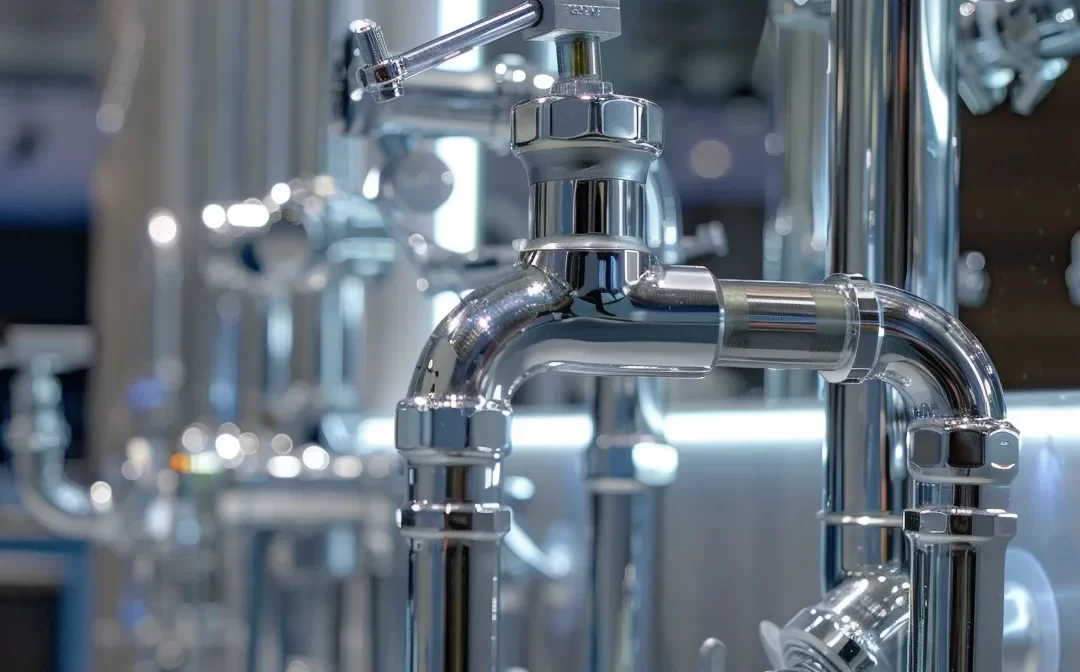
Recent Comments